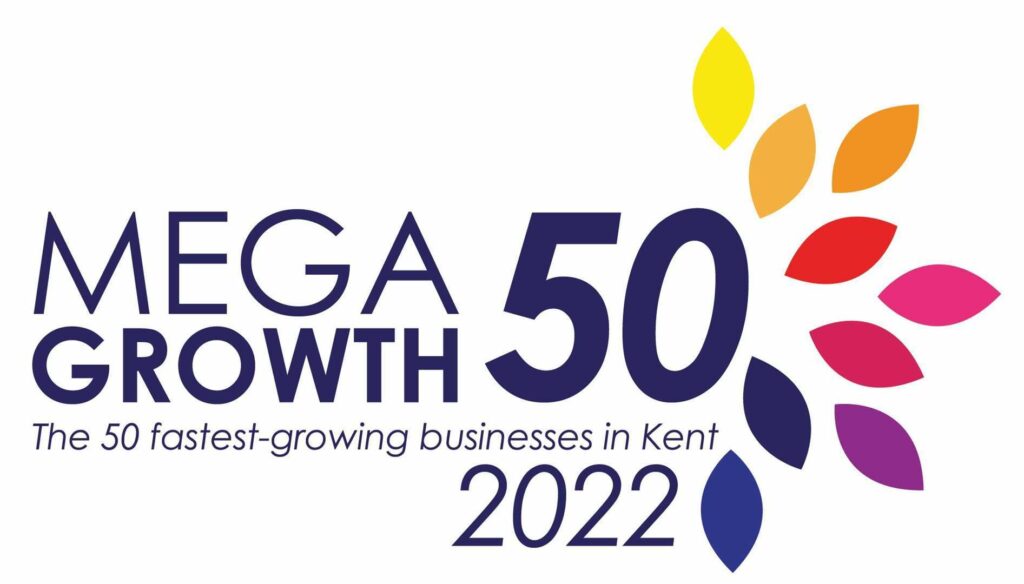A Qualitative Design Review, also known as a QDR, is outlined within BS 9991; 2015.
The purpose of the QDR would be to determine whether the recommendations in BS 9991 are appropriate as they are or whether a full fire-engineered solution is required given the increased design demands on structural integrity, services, fire safety systems, means of fire-fighting and evacuation generated by buildings in excess of 50m high.
The main stages in the QDR are to:
- review architectural design and selection of materials, including their suitability and fire properties, occupant characteristics and client requirements;
- establish functional objectives for fire;
- identify fire hazards and possible consequences;
- establish trial FSE designs;
- set acceptance criteria;
- identify method of analysis, and
- establish fire scenarios for analysis;
When is a QDR used?
The QDR is usually required for early design or planning applications as per BS 9991: 2015 section 0.7.
The QDR is used within complex designs that will have many frequent occupants, tall buildings (typically >50m), large buildings with multiple disabled access points and within facilities deemed to have a high fire safety risk which needs to be addressed.
If completed at the earliest stage of a project, a QDR can help consultants and engineers throughout the golden thread ensure that the project adheres to all industry regulations and standards. This will ensure this isn’t overlooked during the project lifecycle, where it may be too late to mitigate any issues. As a result, maximum safety for all occupants can be provided and, if implemented early enough, can provide a cost-benefit analysis and reassurance for insurance firms.
Why do you need a QDR?
The QDR sets out the primary scope and fundamentals of the fire safety design and plan for the project whilst also providing established criteria for ensuring that the solutions will address the outlined risks.
A general QDR is typically engaged by a wide variety of stakeholders for the project, including mechanical and natural fire engineers, clients and insurance representatives. The review is designed to maximise opportunities for enhancing occupants’ safety and the input from relevant stakeholders to maximise the efficiency and benefits of the review.
The team conducting the QDR will need to show a level of accountability for the potential failure of the relevant fire safety systems designed and outline the potential risks and worst-case scenarios for further evaluation and analysis. However, the QDR for demonstrating the suitability of BS 9991 is typically restricted to the fire safety elements, as described in Part B of The Building Regulations.
“The early part of the design process, i.e. its conceptual stage, is the ideal time to optimise the design of a building and its fire safety features whilst minimising disturbance elsewhere to the building. Although amendments to the fire safety features or their optimisation do often become necessary within the building programme, the frequency and scale of this can be minimised with the effective use of the QDR.”
The QDR is a qualitative process that allows the Fire Engineers, supported by stakeholders, to use their experience and knowledge to critically analyse the design problem and develop fire safety objectives and quantitative assessment criteria.
A QDR can also be required/provided ahead of any Computational Fluid Dynamics (CFD) modelling carried out for corridor ventilation systems, car park ventilation systems or to evaluate the escape provisions in larger open-plan apartments.
The CFD modeller will identify representative fire scenarios and design fires that can be regarded as worst-case fires that may affect the fire safety objectives. A structured approach is required to ensure that hazards are not missed or overlooked and that the final design and strategy are able to meet the fire safety objectives. It is essential that the QDR for CFD modelling is agreed upon with the Building Control Officer and/or their third-party assessors so that unneeded, costly, and time-consuming are not run. This can lead to delays in project approvals
Items for consideration:
- Review the architectural design. There may be architectural features or floor plan layouts which cannot be justified in which case these would need to be amended.
- Establish the fire safety objectives. This may be connected to the requirements of the Building Regulations, and guidance may be sought from Approved Document B or another relevant standard.
- Agree on tools and software that is fit for purpose and appropriate to model and capture the physics in the resulting analysis.
- Identify fire hazards and possible risks, this should include possible ignition sources, combustible fixtures and content, materials of construction,
- Establish trial fire safety designs
- Identify acceptance criteria and methods of analysis. Acceptance criteria should be justified using established values where practicable rather than individual standalone studies.
- Establish Fire Scenarios for analysis.
- Establish a CFD review process. All findings from the QDR should be documented with clear reasoning so that all stakeholders can understand it and either approve or comment upon it ahead of the final design being submitted for building regulations approval.
When should a QDR be developed and completed?
When completed at the beginning of the project lifecycle, successful QDRs will be conducted following a workshop format rather than a traditional presentation delivery to boost constructive collaboration, acting with full transparency and continued development.
A flexible process which will be different for every project in terms of timescale, action points and deliverables.
